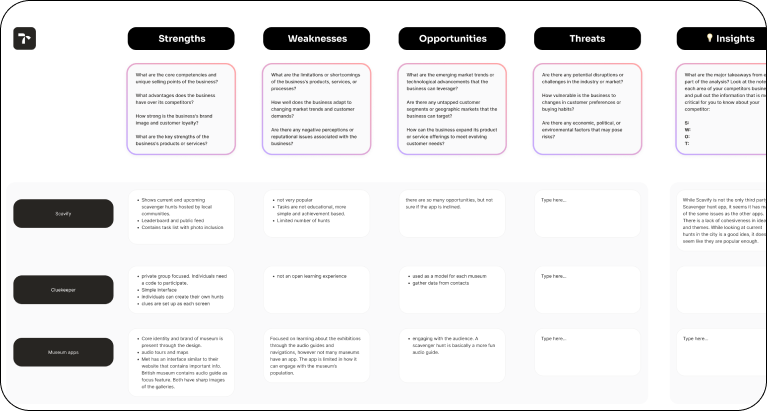In an age where technology plays a central role in entertainment and education, museums can elevate the experience through ArtQuest, an app that provides a modern and engaging way for visitors to explore exhibits.
Below outlines my design process for this concept that I owned from start to finish, By leveraging AI in the scavenger hunts, offering personalized challenges, interactive content, and real-time guidance, this innovative approach not only attracts a tech-savvy audience but also caters to diverse learning styles, making museum visits more accessible and enjoyable for the public.






















